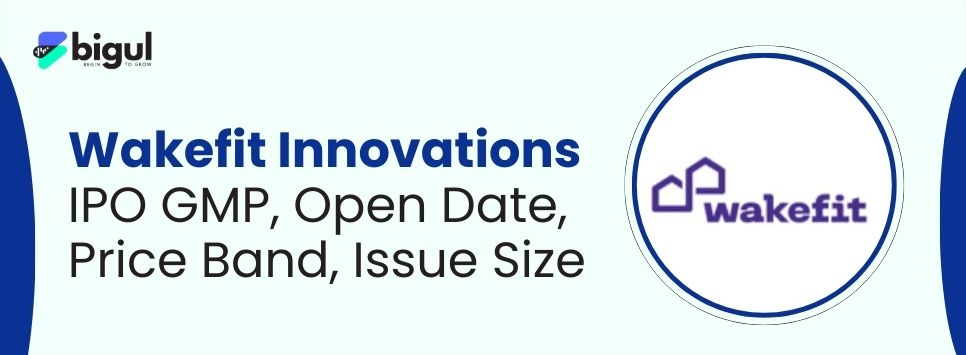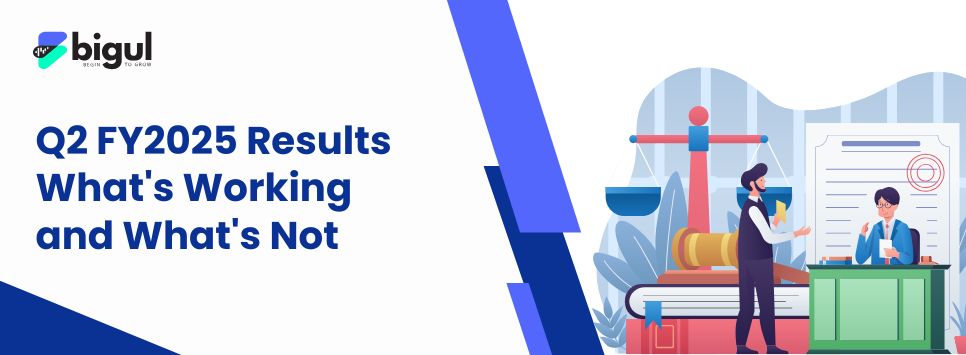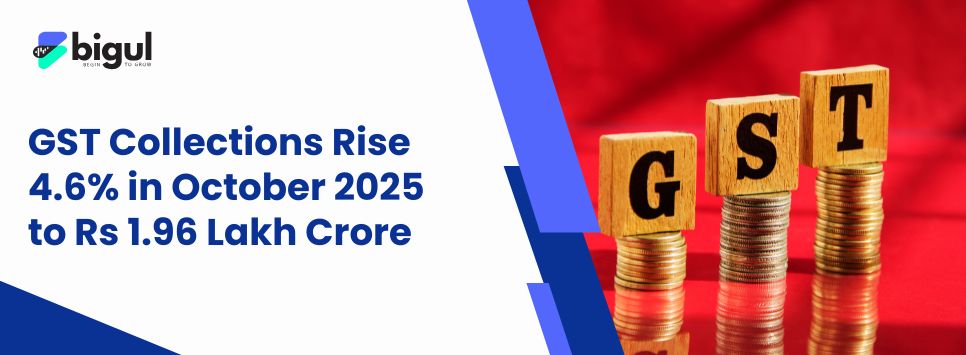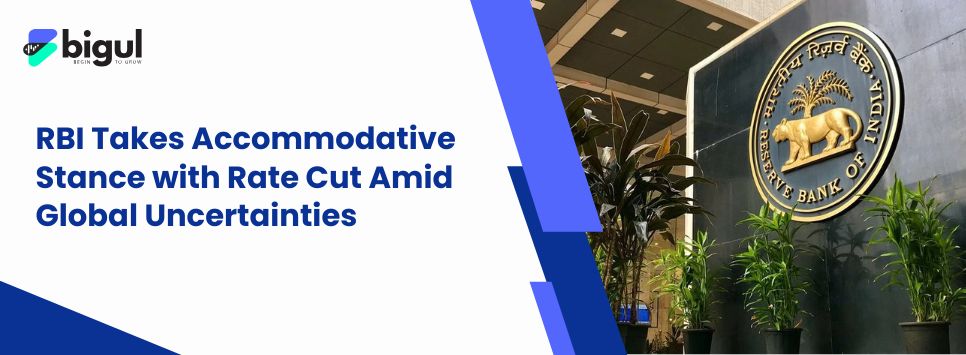RBI has recently announced a 25 basis point reduction in the repo rate to 6% during its first Monetary Policy committee meeting of Fy25 -26. It marks a pivotal change in stance from neutral to accommodative, signalling central bank commitment to support the growth.
Also Read | RBI Repo Rate Cut: Home Loan Rates Dip, but New Borrowers May Miss Full Benefit
What are the key policy rate adjustments and Growth Outlook?
The MPC's unanimous decision to reduce the policy repo rate has consequently adjusted other key rates in the monetary framework. The standing deposit facility (SDF) rate under the liquidity adjustment facility (LAF) now stands at 5.75%, while the marginal standing facility (MSF) rate and the Bank Rate have been adjusted to 6.25%.
RBI governor clarified the accommodative stance while going forward. MPC has considered two options: one is status quo or further rate cuts. This can be a significant change in India's monetary policy framework.
Growth Outlook
RBI released different GDP growth projections this month at 6.5%, whereas they stated 6.7% in their February projections. The anticipated GDP growth reduction stems from global trade disputes and policy-related uncertainty, according to projections, which show 6.5% Q1 growth followed by 6.7% in Q2, then 6.6% in Q3, before ending with 6.3% in Q4 of the fiscal year 2025-26.
Despite the downward revision, economic indicators across sectors present a mixed but generally positive outlook. The agriculture sector shows promising prospects with healthy reservoir levels (40% of total capacity as of April 3, 2025, compared to 35% a year ago) and a 4.8% year-on-year growth in total food grain production, according to second advance estimates.
Manufacturing activity is showing signs of revival, with the PMI manufacturing Future Output Index in March 2025 at 64.4, while services sector activity remains resilient with robust growth in e-way bills (19.4% in Q4:2024- 25) and GST revenues (9.9% in March 2025).
Investment indicators are recording healthy growth, with IIP capital goods expanding by 7.8% in January 2025 and capital goods imports increasing by 7.5% during January- February 2025. The seasonally adjusted capacity utilization in the manufacturing sector stood at 75.3% in Q3 2024-25, well above the long-term average.
Inflation Trajectory, Resilience & Banking Growth
The RBI projects CPI inflation for 2025-26 at 4.0%, with quarterly estimates at 3.6% in Q1, 3.9% in Q2, 3.8% in Q3, and 4.4% in Q4. This favorable outlook is supported by a sharp correction in food inflation, which dropped to a 21-month low of 3.8% in February from 5.7% in January 2025.
The second advance estimates point to record wheat production (115.4 million tonnes, 1.9% higher than 2023-24) and higher production of key pulses (3.8% increase over 2023-24). Additionally, the decline in crude oil prices and a continuous deflation in the fuel group (-1.3% in February 2025) further support the positive inflation outlook.
As of April 4, 2025, India has maintained its resilience with foreign exchange reserves, which are currently standing at $676.3 billion. It provides an Import cover to India for approximately 11 Months. Service exports from India remain strong, with an 11.8% growth year on year during Jan- Feb 2025.
While gross foreign direct investment (FDI) remained robust from April 2024 to January 2025, net FDI moderated sharply due to higher repatriations and outward FDI. Net FPI inflows stood at $1.7 billion during 2024-25, supported by debt inflows despite outflows from the equity segment.
India's external debt to GDP ratio was 19.1% at the end of December 2024, slightly up from 18.5% at the end of March 2024, while the net international investment position improved to (-) 9.8% of GDP from (-) 10.1%.
The financial soundness parameters of the banking sector remain robust with a system-level Capital to Risk Weighted Assets Ratio (CRAR) of 16.43% in December 2024, well above regulatory minimums. The Gross Non-Performing Asset (GNPA) ratio improved to 2.42% in December 2024, reducing 54 basis points compared to December 2023.
Profitability indicators are healthy with system-level Return on Assets (RoA) at 1.37%, Return on Equity (RoE) at 14.14%, and Net Interest Margin (NIM) at 3.49% as of December 2024.
What Are Additional Measures By RBI?
The RBI announced six additional measures focusing on banking regulation, fintech, and payment systems, including enabling securitization of stressed assets through market-based mechanisms, extending co-lending arrangements to all regulated entities, comprehensive regulations on gold loans, and revised guidelines for non-fund-based facilities.
As global trade war intensify, RBI policy reflects its commitment to balance growth with inflationary pressures. It aims to foster "non-inflationary growth built on the foundations of an improved demand and supply response and sustained macroeconomic balance."
Also Read | Banks Slash Home Loan Rates Following RBI Repo Rate Cut









.jpg)
.jpg)
